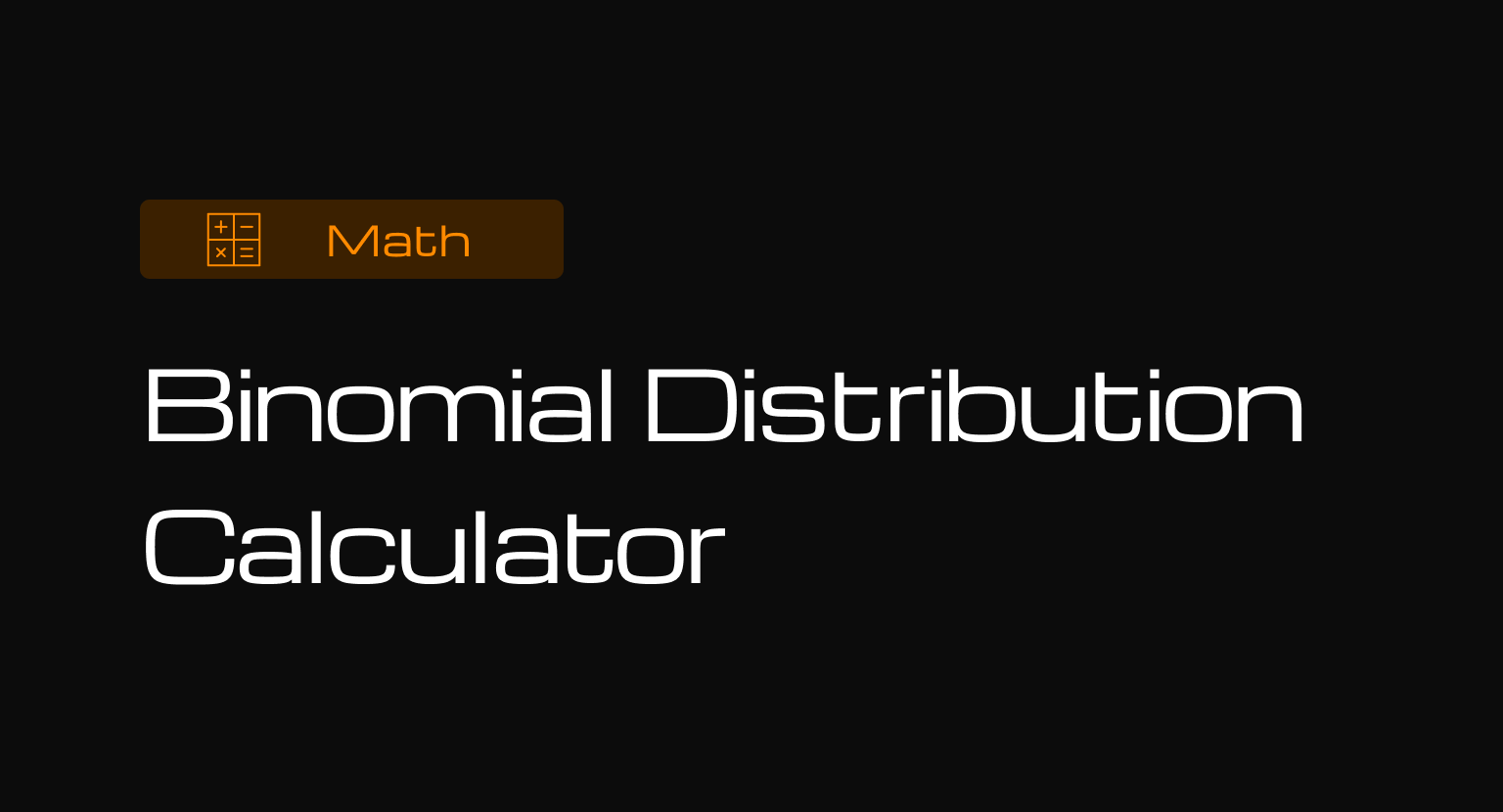GPA to Letter Grade Calculator
Convert your GPA to its corresponding letter grade with a clear, step-by-step explanation. Enter your GPA below and see the result instantly! GPA values of 4.0 or higher will display the maximum grade (A+).
How to Use Our Calculator to determine Letter Grade
Using our calculator is straightforward:
- Enter your GPA value in the input field (any number from 0 to 4.0 or higher)
- Click the “Convert GPA” button
- View your letter grade result and the detailed explanation of how it was determined
The calculator handles all GPA values, including decimal points. If your GPA is 4.0 or above, it will display the maximum grade (A+). For any questions about using the calculator, refer to the FAQ section at the end of this article.
The GPA System Explained
What is GPA?
GPA, or Grade Point Average, is a standardized numerical system used by educational institutions to evaluate academic performance. It provides a consistent method to compare students’ achievements across different courses, semesters, and even schools.
How GPA is Calculated
Most institutions in the United States use a 4.0 scale for GPA calculation. Here’s how it typically works:
- Each letter grade is assigned a numerical value (e.g., A = 4.0, B = 3.0)
- These values are multiplied by the credit hours for each course
- The products are summed and divided by the total credit hours
For example, if you earned an A (4.0) in a 3-credit course and a B (3.0) in a 4-credit course, your GPA would be: (4.0 × 3) + (3.0 × 4) ÷ (3 + 4) = 12 + 12 ÷ 7 = 24 ÷ 7 ≈ 3.43
This GPA of 3.43 would translate to an A- on the standard conversion scale.
GPA to Letter Grade Conversion Scale
Standard Conversion Scale
Most educational institutions follow a similar pattern when converting GPA to letter grades, though there might be slight variations between schools. Here’s the standard conversion scale:
| GPA Range | Letter Grade |
|---|---|
| 4.0+ | A+ |
| 3.7 – 3.99 | A |
| 3.3 – 3.69 | A- |
| 3.0 – 3.29 | B+ |
| 2.7 – 2.99 | B |
| 2.3 – 2.69 | B- |
| 2.0 – 2.29 | C+ |
| 1.7 – 1.99 | C |
| 1.3 – 1.69 | C- |
| 1.0 – 1.29 | D |
| Below 1.0 | F |
Real-World Examples
To illustrate how this conversion works in practice, let’s examine a few examples:
Example 1: Sarah has a GPA of 3.85. Using our conversion scale, this falls between 3.7 and 3.99, corresponding to an A.
Example 2: Michael’s GPA is 2.45, which falls in the range of 2.3 to 2.69. This translates to a B- letter grade.
Example 3: Emma has earned a perfect 4.0 GPA. According to the standard scale, this corresponds to an A+, recognizing her exceptional academic achievement.
Why GPA Matters
College Admissions
For high school students, GPA is one of the most critical factors in college admissions. Many competitive universities set minimum GPA requirements for applicants, and a higher GPA can significantly improve your chances of acceptance.
Academic Standing
In college and university settings, maintaining a minimum GPA is usually necessary to remain in good academic standing. Most institutions require students to maintain at least a 2.0 GPA (equivalent to a C average) to avoid academic probation or dismissal.
Scholarships and Financial Aid
Many scholarships and financial aid programs have GPA requirements. Maintaining a high GPA can help you qualify for and retain academic scholarships, reducing the financial burden of education.
Graduate School Applications
If you’re considering graduate school, your undergraduate GPA will play a crucial role in the admissions process. Most graduate programs have minimum GPA requirements, with more competitive programs often seeking applicants with GPAs of 3.5 or higher.
Improving Your GPA
If you’re looking to raise your GPA, consider these effective strategies:
Set Realistic Goals
Rather than aiming for an immediate jump from a C to an A average, set incremental goals. Focus on improving by 0.2 or 0.3 points each semester.
Prioritize Time Management
Create a study schedule that allocates sufficient time for each course, with extra attention to challenging subjects. Use tools like digital calendars or planners to track assignments and exams.
Seek Help When Needed
Don’t hesitate to use available resources such as:
- Professor office hours
- Tutoring services
- Study groups
- Academic advisors
Focus on Understanding, Not Just Memorization
Developing a deep understanding of course material, rather than simply memorizing facts, leads to better long-term retention and performance on exams.
Frequently Asked Questions
Q. What is considered a good GPA?
A GPA of 3.0 or higher (B average) is generally considered good, while a GPA of 3.5 or higher (between B+ and A-) is excellent. However, standards may vary depending on your field of study and career goals.
Q. How to convert GPA to letter grade?
To convert GPA to letter grade, use a standard conversion scale: 4.0+ equals A+, 3.7-3.99 equals A, 3.3-3.69 equals A-, and so on. Our calculator automates this conversion with a detailed breakdown.
Q. What GPA is required for college admission?
College admission GPA requirements vary widely. Competitive universities often look for at least a 3.5 GPA, while many state schools accept students with GPAs around 3.0. Community colleges typically have lower GPA requirements, often accepting students with 2.0 or higher.
Q. How to calculate GPA from letter grades?
To calculate GPA from letter grades, assign each letter a numerical value (A=4.0, B=3.0, etc.), multiply by credit hours for each course, add these values, and divide by total credit hours.
Q. What is the highest GPA possible?
On a standard 4.0 scale, the highest GPA possible is 4.0. However, some high schools offer weighted GPAs for honors or AP courses, potentially allowing GPAs above 4.0, sometimes up to 5.0.
Q. Does GPA matter after college?
For recent graduates, GPA can be important when applying for entry-level positions or graduate school. However, its significance typically diminishes as you gain professional experience.
Q. How to raise GPA quickly?
To raise your GPA quickly, focus on current courses where improvement is possible, consider retaking classes with poor grades if your school allows grade replacement, and take summer courses to add more high grades to your average.
Q. Will one bad grade ruin my GPA?
A single poor grade will have a greater impact on your GPA if you’ve taken fewer courses overall. However, the effect can be minimized by performing well in other courses and accumulating more credits over time.
Conclusion
GPA is a key measure of academic success, but converting between numbers and letter grades can be confusing. Our GPA to Letter Grade Calculator makes this process simple and clear. Remember that while a good GPA opens doors to scholarships, admissions, and opportunities, it’s just one part of your education. Focus on learning, not just grades, and use tools like our calculator to stay on track toward your goals.


